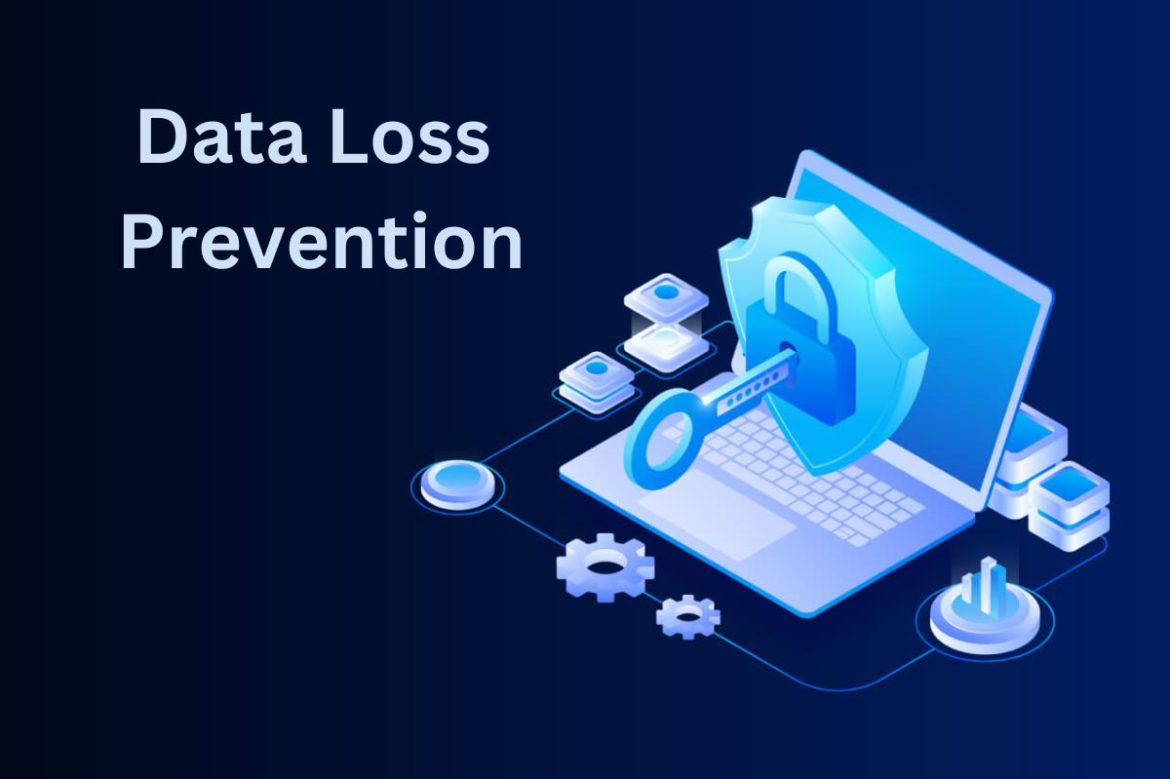Why is Data Loss Prevention strategic for organizations? A few considerations are enough to answer the question and understand the scenario in which we are moving. The value of companies and organizations is increasingly in the data they generate and manage: project data, strategic data, customer and analysis archives in general, but also more or less sensitive data of their users. Therefore, data loss is an eventuality to be avoided, as is data theft. In confirmation of these statements, there are also the essential surveys and forecasts of Gartner: within the next year, 91% of organizations are expected to integrate DLP solutions.
A good Data Loss Prevention strategy is based on constant and precise monitoring and control action. To prevent data loss or theft, you must fully control your network and the resources used in management, transfer, and storage.
Table of Contents
Data Loss Prevention ed endpoint
The first element to operate on is obviously the endpoint, the extreme periphery of the network accessed by the single user. A Data Loss Prevention solution must be able to monitor actions, enforce any access restrictions, prevent unauthorized access, and trace each operation in appropriate logs. Precise security policies based on user or device must be envisaged upstream of these operations, policies that fall within a broader concept of security and involve authentication and access to systems.
Access Control in Data Loss Prevention
A Data Loss Prevention solution must also provide for controlling and reporting unauthorized behavior and access by preparing ad hoc placed fake data packets. Therefore, everything is part of a broader strategy which, as already mentioned, begins with precise management of policies and permissions.
Data Loss Prevention and corporate network
A second element a Data Loss Prevention solution must intervene in is the network, i.e., each segment of the network infrastructure in which data circulates. In fact, data loss can also occur in these transfer phases, both fortuitously and through malice by unfaithful or ill-intentioned collaborators.
Even in this scenario, the Data Loss Prevention strategy must include monitoring and control actions, analyzing, in particular, what comes out of the network. Near the various gateways, it is useful to provide tools capable of filtering and analyzing traffic and solutions capable of detecting the lawfulness or otherwise of the data based on various indicators.
Remote devices: how to do Data Loss Prevention
Organizations are now interconnected, exchanging data and sharing resources that do not necessarily reside within the corporate perimeter. This aspect must be duly considered in the strategy: the recommendations set out above must therefore be extended to every company device, be it a laptop, tablet, or smartphone used by a collaborator even outside the organization’s network. In scenarios of smart working or of the sales force and, more generally, of collaborators who interact with the network infrastructure, it is necessary to set up control tools and precise policies.
Data Loss Prevention in compliance with applicable laws and regulations
In the beginning, we referred to the strategic value of data for a modern organization. This element should be sufficient motivation to implement effective Data Loss Prevention strategies. If this were not enough, it is useful to remember that even in the context of the GDPR, Data Loss Prevention solutions are considered necessary for protecting and protecting third-party data.
Data Loss Prevention strategy extended to storage.
We have described how this strategy extends to the organization’s network over which the data is transmitted and extends to individual endpoints inside or outside the corporate network, but there is one last area in which the control action must be effective: the storage scope. Before circulating on the corporate network and being managed by the endpoints, information is necessarily memorized through different devices and solutions.
It Storage And There Data Loss Prevention
Access to storage resources deserves to be monitored as part of the Data Loss Prevention strategy precisely because the place where the information is stored should be considered sufficiently secure. We have generically referred to storage resources without specifying on-premise or cloud precisely because this strategy must be extended to both types. For on-premise resources, the task could be more immediate; in fact, by placing the storage devices within the infrastructure, access to the resources will be simple, even for implementing control tools. In the cloud environment, everything is less immediate and easy to implement but should be implemented with your provider through policies and configurations.
Data Loss Prevention: an integrated strategy
From what has been described, a decidedly broad picture emerges, which concerns many aspects of the infrastructure: we find exclusively technological assets, others organizational and strategic ones. Furthermore, some strategic aspects concern only the corporate perimeter, while others also extend to external networks and organizations. It, therefore, seems evident that the Data Loss Prevention strategy, understood as loss and theft of data, must be well evaluated and integrated within the broader cybersecurity scenario to guarantee full business continuity, even in crisis situations.
Also Read : The 10 Rules For Effective Business Continuity Management




